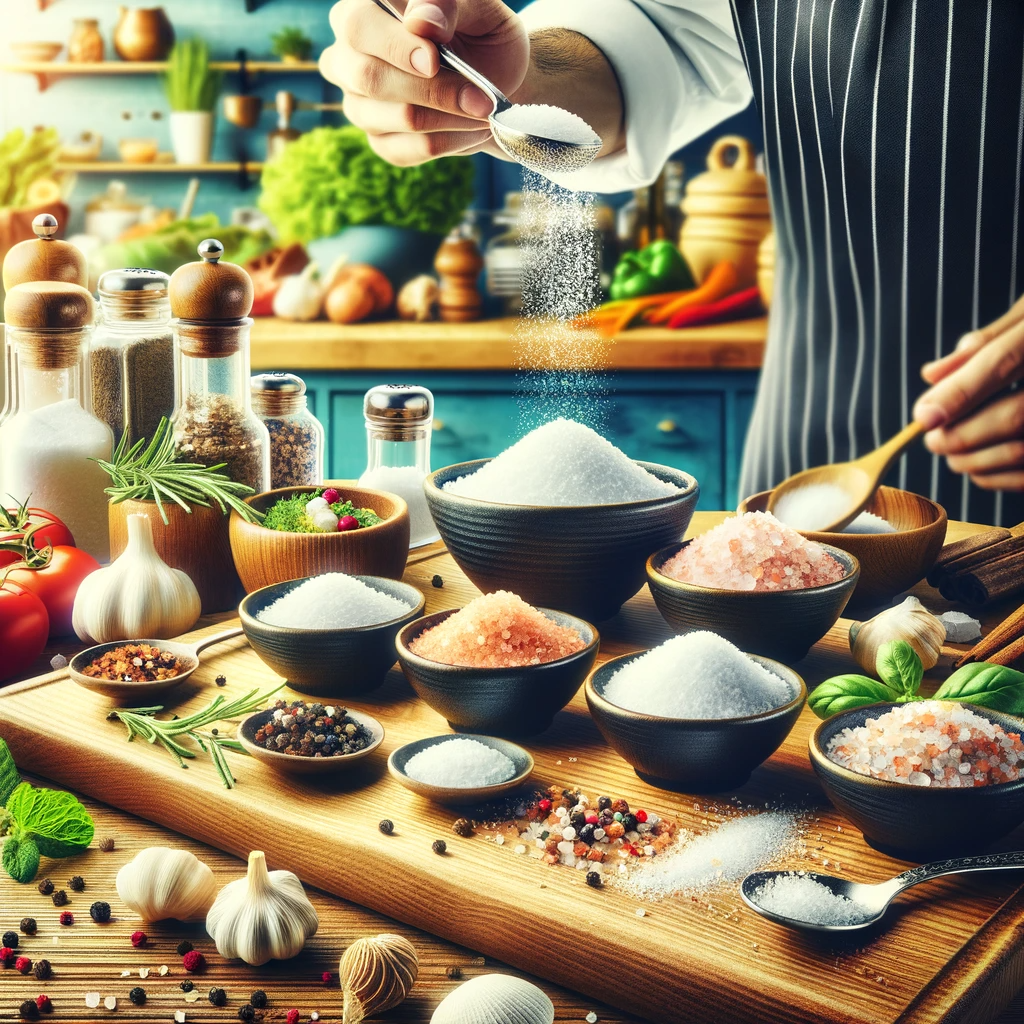Introduction: Pickling is a timeless culinary art that has been passed down through generations. One of the key ingredients in pickling is salt, which not only preserves the freshness of the ingredients but also enhances their flavors. In this article, we will explore the art of pickling with salt and share some essential pointers to help you create delicious pickles at home. Whether you’re a novice or an experienced pickle enthusiast, this guide will be your go-to resource for mastering the art of pickling.
1. Choosing the Right Ingredients The foundation of any great pickle lies in the ingredients you choose. Fresh, high-quality vegetables and fruits are essential. Opt for organic produce whenever possible to ensure the best flavor and texture in your pickles.
2. Salt Selection Selecting the right type of salt is crucial for pickling success. Use kosher salt or pickling salt as they are free of additives like iodine and anti-caking agents, which can affect the taste and clarity of your pickling brine. Always measure your salt precisely for consistent results.
3. Brine Ratio Maintaining the correct brine ratio is vital for the success of your pickling project. A common rule of thumb is to use 1 to 2 tablespoons of salt per quart of water, depending on your taste preferences. This ratio ensures the ideal balance of flavor and preservation.
4. Flavor Enhancements Enhance the flavor of your pickles by adding aromatic ingredients like garlic, dill, spices, or herbs to the brine. These additives can infuse your pickles with unique and delicious tastes.
5. Sanitation and Hygiene Maintain a clean and sanitized environment throughout the pickling process. This helps prevent the growth of harmful bacteria and ensures the safety of your pickles. Sterilize your jars and lids before use and follow safe food handling practices.
6. Patience is Key Allow your pickles to ferment or marinate for an appropriate amount of time. This can vary depending on the type of pickles you are making. Typically, pickles need at least 24 hours to develop their flavors. Some varieties may require a longer fermenting period for optimal taste.
7. Storage Properly store your pickles in a cool, dark place to preserve their quality. Mason jars with airtight lids work well for this purpose. The longer you store your pickles, the more intense and complex their flavors will become.
8. Experimentation and Creativity Don’t be afraid to get creative with your pickling recipes. Try different combinations of vegetables, fruits, and spices to create unique and exciting flavors. Keep a journal of your experiments to replicate your favorite recipes.
9. Enjoy Your Pickles Once your pickles have matured, it’s time to enjoy them! They make excellent condiments, accompaniments, or snacks. Share your homemade pickles with family and friends to spread the joy of pickling.
Conclusion: Pickling with salt is an art that allows you to transform ordinary ingredients into extraordinary delicacies.
